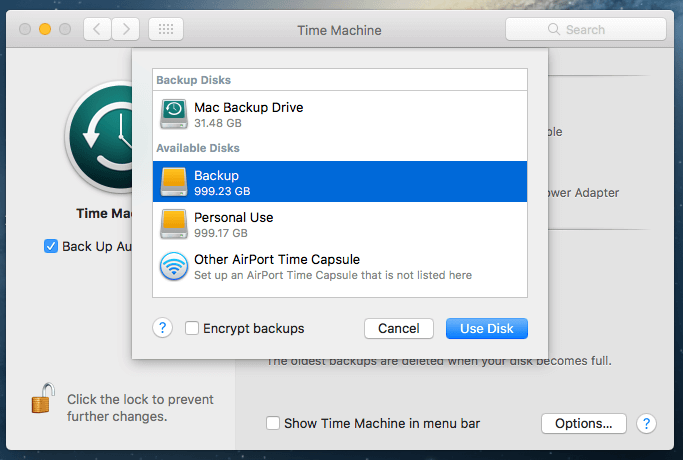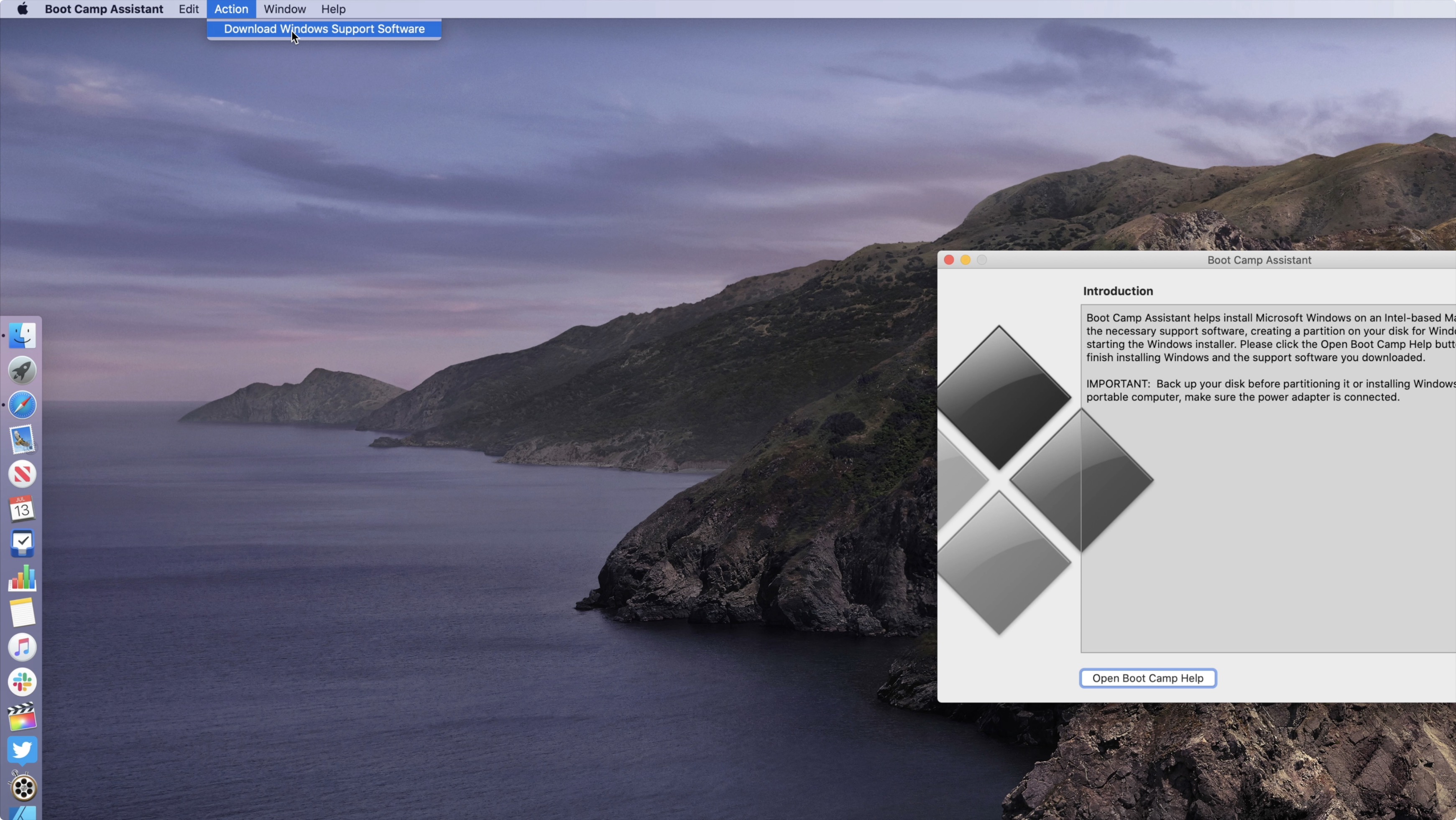
Discounted or promotional pricing is indicated by the presence of an additional higher MSRP strike-through price HP’s MSRP price is shown as either a stand-alone price or as a strike-through price with a discounted or promotional price also listed. Contract and volume customers not eligible. Orders that do not comply with HP.com terms, conditions, and limitations may be cancelled. Items sold by HP.com are not for immediate resale. These terms apply only to products sold by HP.com reseller offers may vary. Correct prices and promotions are validated at the time your order is placed. Despite our best efforts, a small number of items may contain pricing, typography, or photography errors. Quantity limits may apply to orders, including orders for discounted and promotional items. Price protection, price matching or price guarantees do not apply to Intra-day, Daily Deals or limited-time promotions. Hopefully you now know which options above to pick from the list of best formats for external hard drives, which can save your bacon when making the wrong choice can lead to a situation where an external disk just won’t plug-and-play.Prices, specifications, availability and terms of offers may change without notice. Picking the wrong one can turn into a real pain when you have to backup and reformat an entire drive because it won’t work for its intended purpose. Picking a format for your external drive can be pretty confusing. In fact, most devices have an internal SD card formatting routine, so we recommend you simply let the intended device format the card. exFAT is still a good choice if your DSLR (for example) supports it, but follow the manufacturer’s recommendation. With SD cards, your choice should be entirely driven by which formats the devices you use support. However, that’s set to change in the future. Of course, if you’re also going to use your thumb drive on your current Linux machine, exFAT won’t work at the time of writing. Especially if you also want to use your thumb drive with iPads, iPhones and Macs.įAT32 is a fallback if you want to use your thumb drive with older devices that don’t support exFAT.

Which means you may want to use large files, such as HD video files, on your thumb drive. With the fairly cheap yet large flash drives we have today, there’s some overlap in the use cases for thumb drives and external hard drives.


SD cards and USB thumb drives are still an important part of our digital lives, so which formats should you pick? The choice for the best format for external hard drives involves different considerations compared to other forms of external storage.

Unfortunately, Linux does not yet have support for exFAT, but that is reportedly set to change with the release of Kernel 5.4. The most compatible option is FAT32, but as we mentioned above it has a hard 4GB limit on file sizes.
#IS IT NECESSARY TO DOWNLOAD DRIVER FOR EXTERNAL HARD DRIVE FOR MAC WINDOWS#
However, Linux supports NTFS, which makes for a decent go-between if you have both Windows and Linux machines. Linux has its own proprietary EXT formats and if you are only going to use your external drive with a Linux machine, you can safely go ahead and pick that format. Linux distributions such as Ubuntu Linux are becoming more popular by the day, but are still relatively niche overall.


 0 kommentar(er)
0 kommentar(er)
